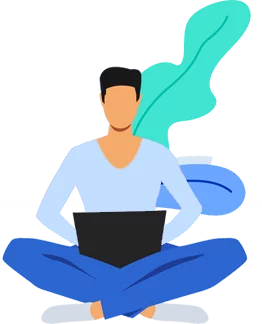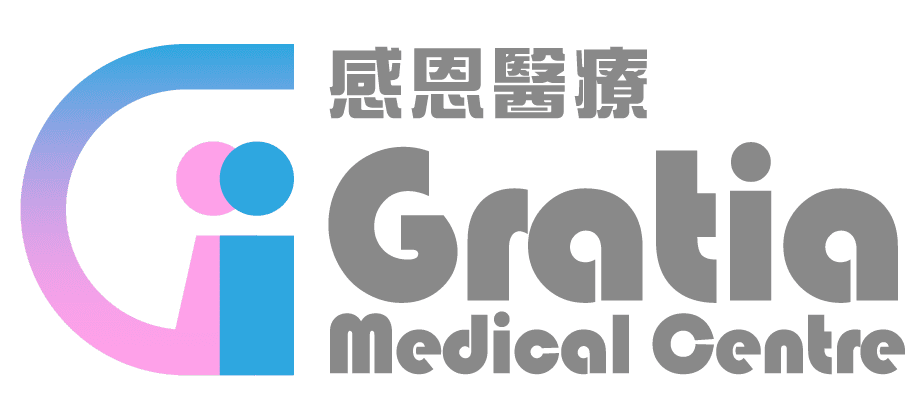Traditional Chinese Medicine Therapy
Traditional Chinese Medicine Therapy
The “Four pillars” of diagnosis in Traditional Chinese Medicine (TCM) are Inspection, Auscultation/ Olfaction, Inquiry, and Palpation. Through the analysis of the four diagnostics, diagnosis and treatment plans are formulated. The following are the commonly used physical therapies:
Acupuncture
The Chinese characters for acupuncture literally means “acupuncture-moxibustion”. Acupuncture therapy involves inserting needles into superficial structures of the body at the acupuncture points (acupoints). The manipulation of the needles or the application of micro-electric current through the electro-acupuncture machine to the needle handle stimulate these specific acupoints, so as to dredge the blood and regulate the yin and yang of the viscera. The World Health Organization (WHO) also advocates acupuncture for prevention and treatment of diseases. In 2002, WHO listed 106 indications for acupuncture therapy.
Clinically, acupuncture is often used to treat irregular menstruation, dysmenorrhea, infertility, insomnia, stroke, various pains, facial paralysis and autism.
Moxibustion
Moxibustion is often accompanied by acupuncture. It involves burning Artemisia argyi (mugwort) leaves on or near the skin at an acupuncture point to warm the Qi and blood, dispel cold and relieve pain. By strengthening the body, it can achieve disease prevention and maintain body health.
Clinically, Moxibustion is often used to treat rheumatic arthralgia, irregular menstruation, infertility, dysmenorrhea, amenorrhea, stomach pain, abdominal pain and diarrhea.
Cupping
Cupping consists of placing glass or plastic “cups” on the body. It uses a burning match or other methods to remove the air in the cup, thus forming a negative pressure inside the cup that allows the cup to adsorb to the skin via suction. These cups are usually placed on specific parts of the body or skin acupuncture points, thereby stimulating accelerate blood circulation, promote metabolism, improve the internal environment of the body, detoxify and relieve cramps, and relieve pain.
Clinically, cupping is often used to treat shoulder, neck, waist, leg pain, joint pain, soft tissue contusion and other pains. It can also be used for colds, facial paralysis, cough, diarrhea, irregular menstruation, dysmenorrhea and other diseases.
Pricking and cupping
Pricking and cupping is a combination of both methods. After local disinfection of the skin, the skin is pricked at specific acupoints with a blood collection needle to make the skin bleed, followed by application of cups on the acupuncture point. The action allows blood dredging, promotes blood circulation, and restore the balance of yin and yang of the body.
Pricking and cupping is often used clinically to treat various acute and chronic soft tissue injuries, neurodermatitis, acne, skin itching, sciatica, etc. It is also commonly used to treat women’s various problems caused by menstruation, vaginal discharge, pregnancy and childbirth, and is an effective method to improve blood stasis.
Scraping (Gua sha)
Scraping involves abrading the skin over the acupoints of the body using scraping boards made of smooth jade, bone, animal tusks, horn or smooth stones, until red spots then bruising cover the are to which it is done. Through the stimulation of the twelve skin parts, it dredging the blood, promotes qi and blood circulation, and adjusts the functions of viscera.
Clinically, it is often used in the treatment of colds, coughs, vomiting, constipation, diarrhoea, insomnia, headaches, stiff neck, acute lumbar sprains, irregular menstruation, acute mastitis, heat stroke, etc. It can also be used for disease prevention and health care.
![]() Having a peaceful mind is helpful for the treatment. Sit down quietly for five minutes before the treatment, and let the body relax. Allow enough time for the treatment to avoid stress;
Having a peaceful mind is helpful for the treatment. Sit down quietly for five minutes before the treatment, and let the body relax. Allow enough time for the treatment to avoid stress;
![]()
![]()
![]()
![]()
![]()
![]()
![]()
![]()
![]()
![]()
![]()
![]()
![]()
![]()
![]()
![]()
![]()
![]()
![]()
![]()
![]()
![]()
![]()
![]()
![]()
![]()
![]()
![]()
![]()
![]()
![]()
![]()
![]()
![]()
![]()
![]()
![]()
![]()
![]()
![]()
![]()
![]()
![]()
![]()
![]()
![]()
![]()
![]()
![]()
![]()
![]()
![]()
![]()
![]()
![]()
![]()
![]()
![]()
![]()
![]()
![]()
![]()
![]()
![]()
![]()
![]()
![]()
![]()
![]()
![]()
![]()
![]()
![]()
![]()
![]()
![]()
![]()
![]()
![]()
![]()
![]()
![]()
![]()
![]()
![]()
![]()
![]()
![]()
![]()
![]()
![]()
![]()
![]()
![]()
![]()
![]()
![]()
![]()
![]()
![]()
![]()
![]()
![]()
![]()
![]()
![]()
![]()
![]()
![]()
![]()
![]()
![]()
![]()
![]()
![]()
![]()
![]()
![]()
![]()
![]()
![]()
![]()
![]()
![]()
![]()
![]()
![]()
![]()
![]()
![]()
![]()
![]()
![]()
![]()
![]()
![]()
![]()
![]()
![]()
![]()
![]()
![]()
![]()
![]()
![]()
![]()
![]()
![]()
![]()
![]()
![]()
![]()
![]()
![]()
![]()
![]()
![]()
![]()
![]()
![]()
![]()
![]()
![]()
![]()
![]()
![]()
![]()
![]()
![]()
![]()
![]()
![]()
![]()
![]()
![]()
![]()
![]()
![]()
![]()
![]()
![]()
![]()
![]()
![]()
![]()
![]()
![]()
![]()
![]()
![]()
![]()
![]()
![]()
![]()
![]()
Any questions About Our Clinic?
Don't Hesitate to Contact Us
Contact number
(852) 2117 3033
gratia@hk-gmc.com
Opening Hours
MON - FRI :
0900-1800
(Lunch hour 1400-1500)
SAT :
0930-1330
Closed on Sundays & Public Holidays

